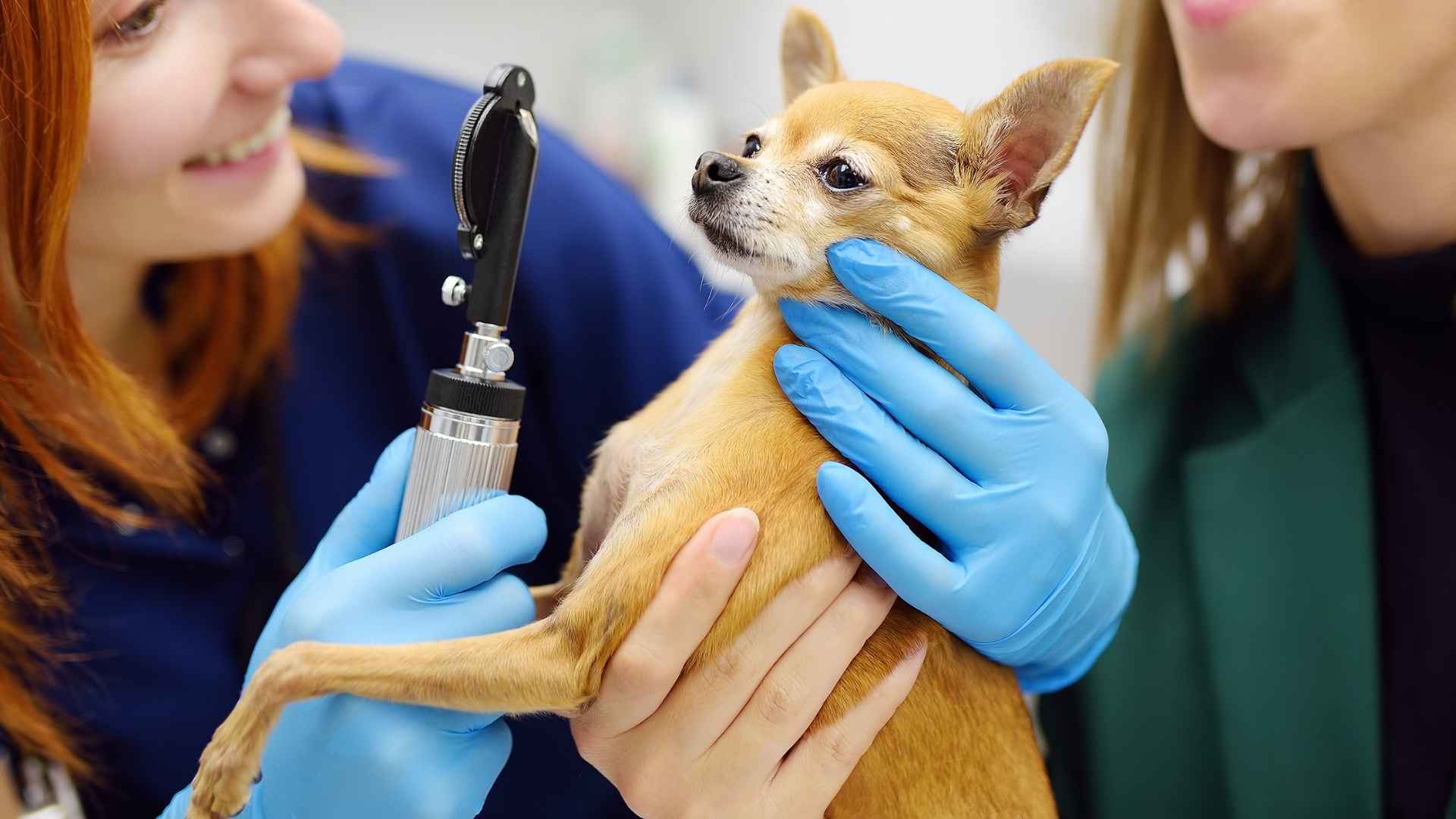Eye problems in dogs are more than just an occasional disease; if not treated promptly, they can lead to permanent damage and vision loss. Some breeds are more likely to suffer from eye disease due to facial structure, eye pain, eye shape, and hereditary conditions.
For instance, due to facial structure and other predispositions, brachycephalic dog breeds often suffer from dry eye inflammation or corneal ulcers at a much greater frequency than other breeds. As their bulging eyes are less protective.
Similar problems are seen in breeds that have a tendency towards cataracts in dogs and glaucoma. Some of these conditions will begin on a much more subtle note: excessive tearing, squinting, or even cloudy eyes.
Knowledge of which dog breeds are more prone to eye infections allows an owner to observe and manage symptoms sooner. This guide will help you identify at-risk breeds, assist you in recognizing symptoms, and teach you how best to protect your dog’s eye health throughout its life.
Dog Breeds Most Prone To Eye Problems
1. Cocker Spaniel
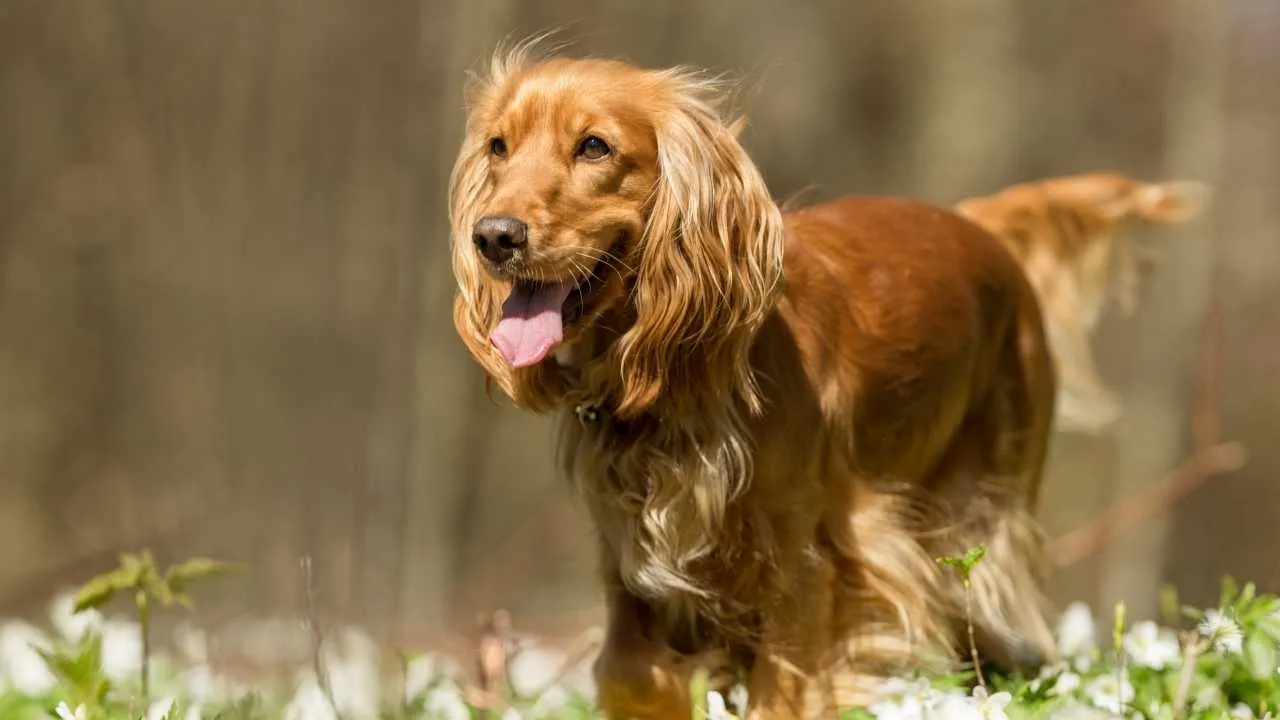
Cocker Spaniels are one of the most eye-troubled breeds of dogs because of their genes. They are particularly prone to progressive retinal atrophy (PRA), cataracts, and glaucoma, all of which will lead to blindness.
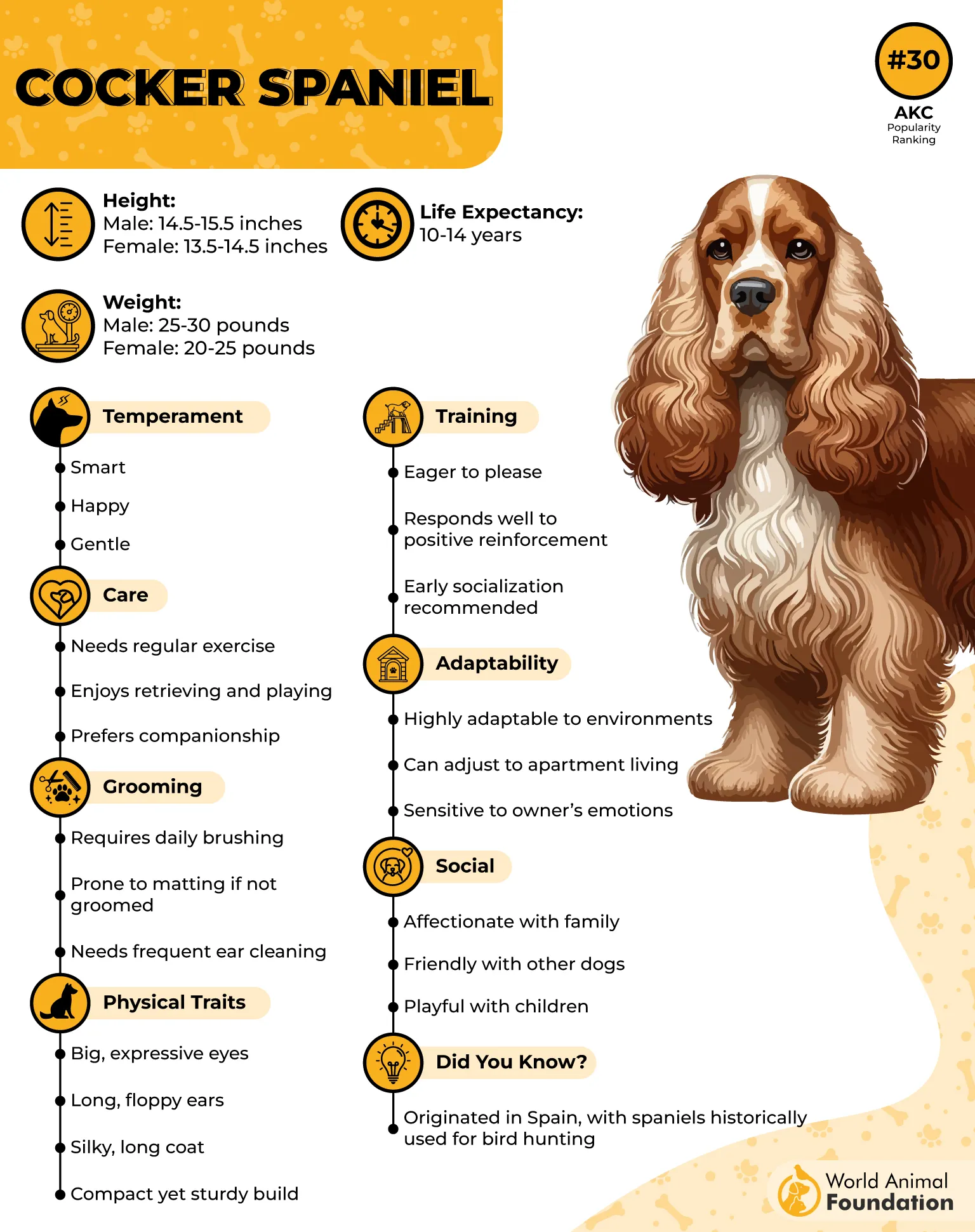
They have long, floppy ears that are prone to holding moisture that can lead to secondary infections and then affect the eye. PRA in Cocker Spaniels has been reported to start as early as 3 years and develop aggressively, according to veterinary ophthalmologists.
Cocker Spaniel Prolapsed third eyelid gland, sometimes called “cherry eye,” involves herniation of a gland from below the eye. Owners must observe for symptoms such as squinting, watery eyes, or a noticeable third eyelid. Routine eye exams and genetic problems testing are essential for early detection.
2. Pug

Pugs are susceptible to eye issues because of their short-faced skull structure, which also pushes their eyes forward. This physical feature places them at risk for corneal ulcers, dry eye, and even proptosis, in which the eyeball becomes dislodged.
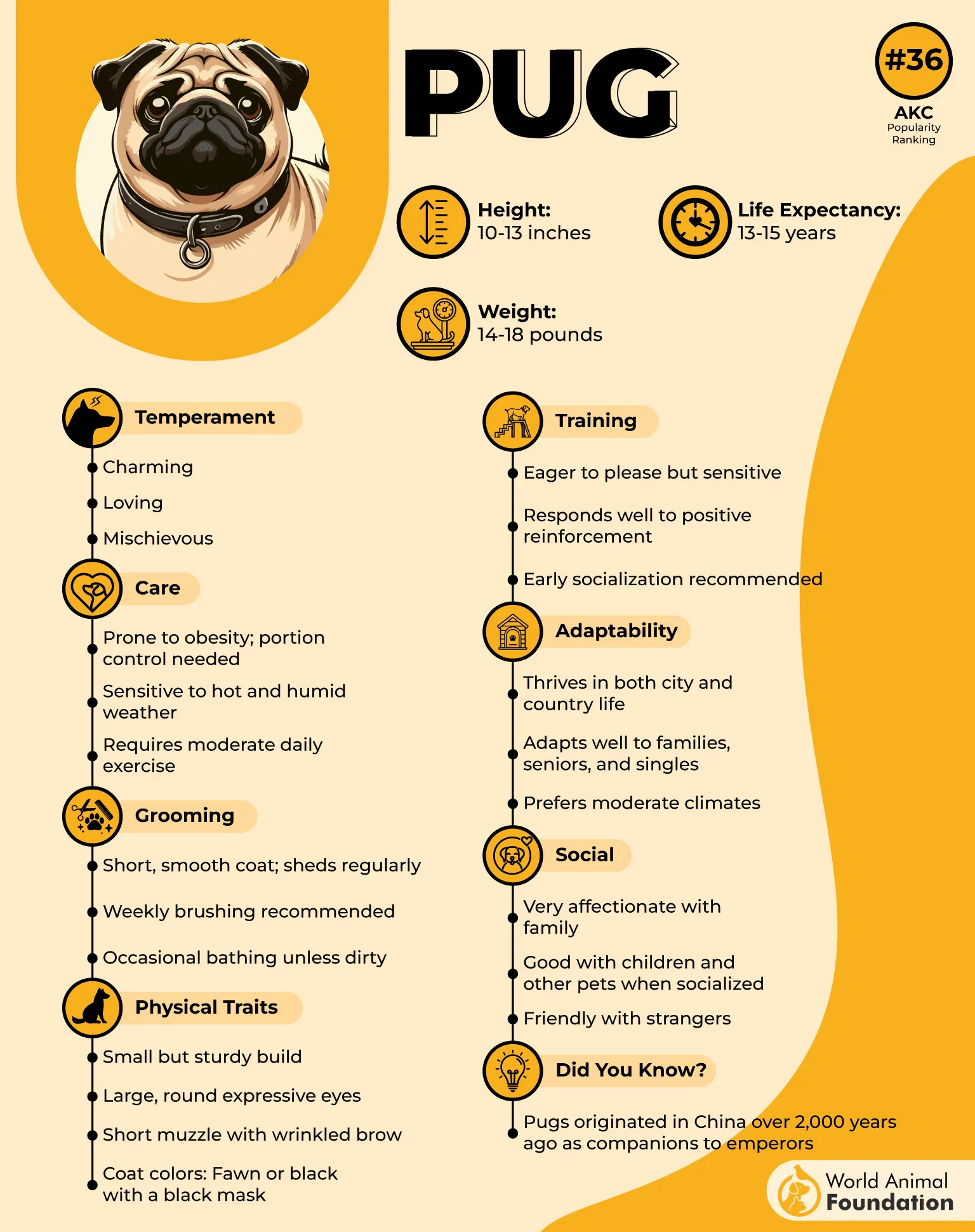
According to Purina, some of the problems may be inherited, but Pugs might also run into trouble by themselves while playing. This is because their protruding eyes make it much easier for them to get eye injuries, especially given their fun-loving personalities and tendency for mischief.
Eye ulcers in Pugs are accompanied by a red cornea and teary eyes, so look out for these symptoms and contact your vet as soon as possible if you detect them.
3. Shih Tzu

According to PetMD, Shih Tzus have many inherited eye conditions, including glaucoma, chronic dry eye, and cataracts. Eye conditions can be quite painful, and signs include:
Red eyes
Bulging eyes
Eye discharge
Rubbing the eyes
Cloudy eyes
Squinting
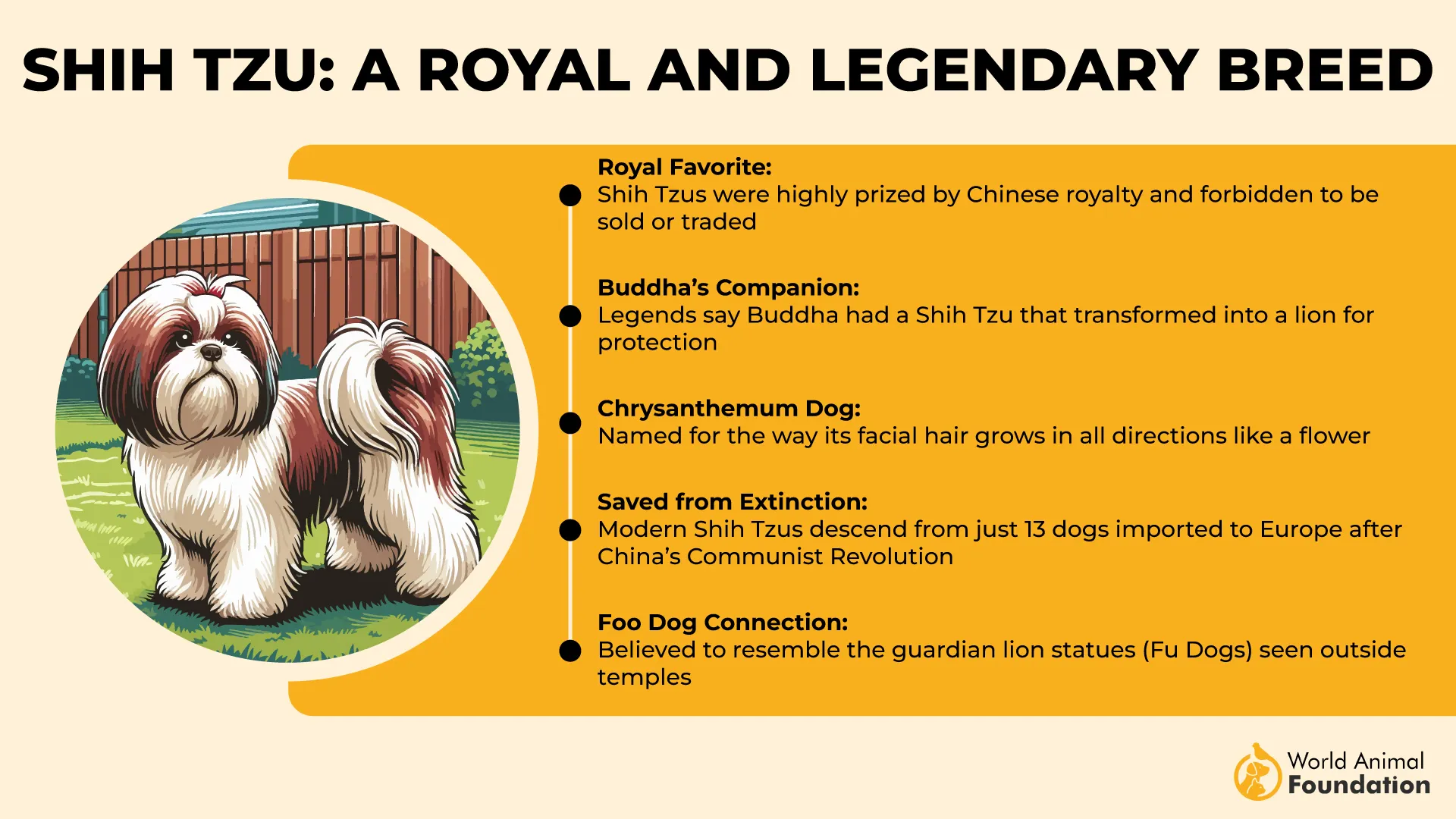
Shih Tzus are another group of brachycephalic breeds whose prominent eyes are shallowly set in the skulls that face the issue of corneal ulcers, abrasions, and dry eye.
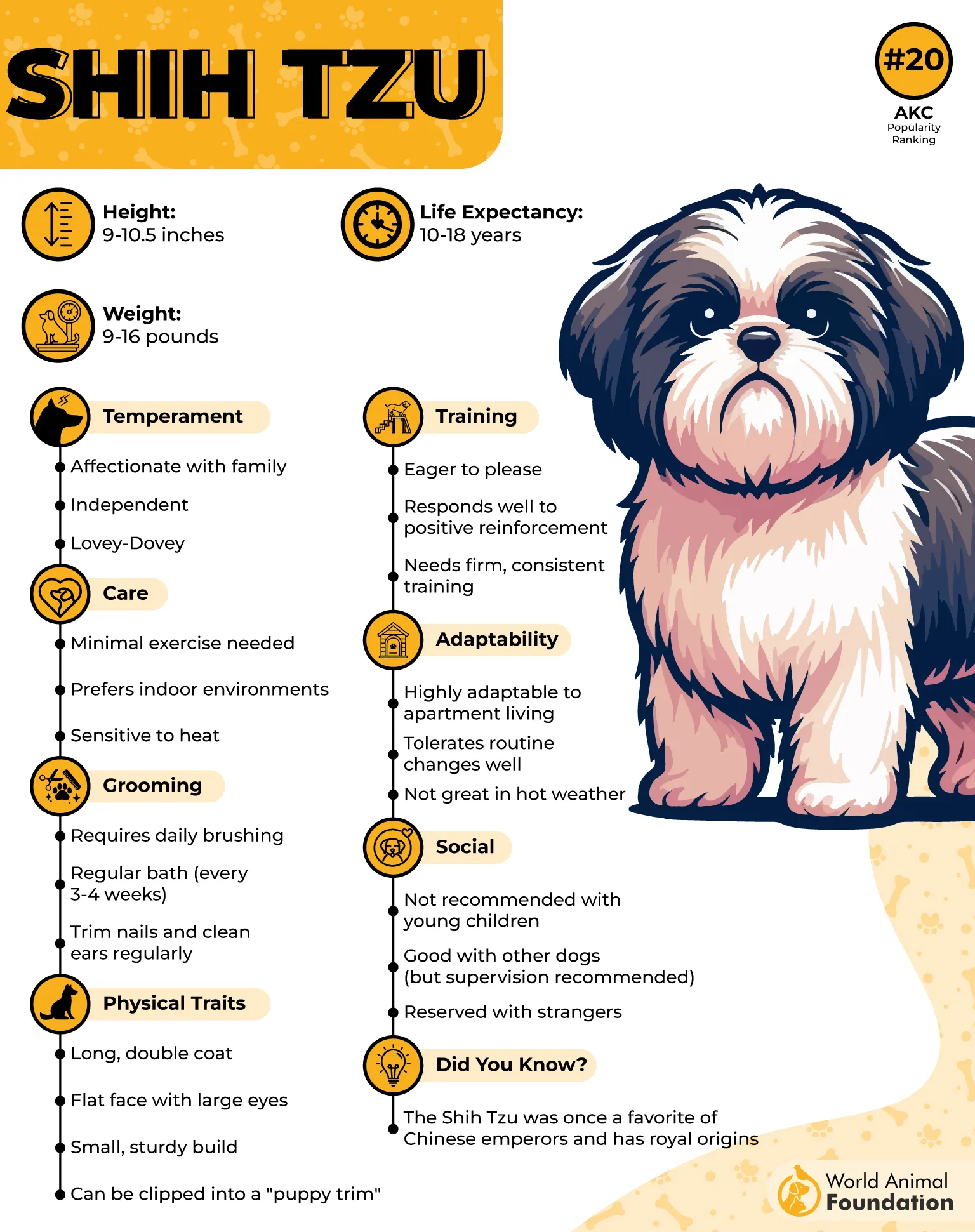
Entropion (inward rolling eyes) is also prevalent, which causes the lashes to rub against the cornea, which leads to irritation or even loss of vision. Tear staining is also a problem that indicates chronic irritation and even loss of vision.
4. English Bulldog

English bulldogs experience several ocular conditions, such as cherry eye (prolapsed third eyelid gland), entropion, and dry eye. Their wrinkled face, short muzzle, and deep folds of skin can easily trap bacteria and result in eye infections.
Cherry eye particularly occurs at the age of two years and needs surgery to be corrected. Their eyelids roll inward and outward directions which can lead to corneal ulcers.
5. Pekingese
The Pekingese is a dog breed that is very sensitive to eye diseases. The proptosis and the corneal dystrophy are problems caused by the facial features, and the shallow sockets in the eyes make them extremely vulnerable.
Pekingese have protruding eyes that are highly sensitive; even a light touch or scratch can cause severe cases. Their heavy coat aggravates the condition by clogging dirt and irritating their eyes.
6. Basset Hound
The Basset Hound has the signature droopy eyelids that lead to both ectropion and recurring conjunctivitis. Their loose skin and lengthy lashes can provide a space for dust, debris, and bacterial infection, leading to irritation of the eyes. They are susceptible to glaucoma and entropion.
Entropion is a hereditary disorder that causes a Great Dane’s eyelids to roll inwards. Which may sound minor, but over time, the tiny hairs along the edge of the eyelid scrape and drag across the surface of the eye.
Ectropion is a condition where the eyelid turns inside out. This usually occurs with the lower lids, which gives affected dogs a droopy-eyed appearance. This condition causes the conjunctival lining of the eyelids and the eyeballs, as well as the corneas, to dry out
7. Boston Terrier
Boston terriers have brachycephalic heads and protruding eyes, and they are extremely prone to corneal ulcers, cataracts, and glaucoma. These eye injuries can lead to blindness in the terriers, as they can occur at 8 weeks of age and may need surgical intervention.
Dogs with short noses are generally more prone to bothersome conditions. Boston Terriers. The protruding eyes of Boston Terriers put them at risk for various eye diseases, such as cataracts and glaucoma.
Eye Problems in Boston Terriers Cherry eye is a distinctive red bulge visible in the inside corner of a dog’s eye.
8. Lhasa Apso
Lhasa Apsos are prone to progressive retinal atrophy, glaucoma, and keratoconjunctivitis sicca (dry eye) by genetics. Their thick coats of long hair can be irritating to their eyes if not properly trimmed, and they can also get distichiasis.
According to WebMD, Lhasa Apsos commonly have eye problems at some point in their lives. Dry eye is a syndrome where the Lhasa Apso’s tear ducts do not produce enough liquid. This can cause irritation, redness, and, if left untreated, permanent vision problems.
9. Chihuahua
Chihuahuas are a small breed, but their big, expressive eyes have a potential problem. They include lens luxation, dry eyes, and glaucoma. A number of Chihuahuas are also present with watery discharge or tear staining, which is caused by obstructed tear glands or by irritation.
Dry eye, or keratoconjunctivitis sicca (KCS), is common in Chihuahuas. It happens when the tear glands don’t make enough fluid to keep the eyes moist, leading to dryness, irritation, and possible infections.
Glaucoma can be very painful for dogs and may lead to blindness if not treated, according to PetMD. Cataracts, which make the eye look cloudy, are also often seen in older Chihuahuas.
10. Dachshund
Progressive retinal atrophy (PRA) is a common disease that gradually causes blindness. The dachshund has hairs around the eyes that can irritate other dogs, especially long-haired dachshunds.
Any behavioral changes, like reluctance to go outside in the dark, indicate neurological and vision problems. The management of eye health depends on early detection and genetic testing.
To protect your dachshund’s eyes, keep them clean, trim any long hair around them, and treat infections quickly. Regular vet checkups help catch problems early, and responsible breeding can reduce the risk of inherited eye issues.
Conclusion
Any dog may suffer from any number of eye infections, but certain breeds are far more predisposed due to genetic predisposition or physical traits. Eye injuries in the Pekingese, Pug, Boxer, and Cocker Spaniel warrant a watchful eye for signs of irritation, cloudiness, or behavioral changes such as pawing at the face.
Frequently, most eye conditions can be managed or even prevented with basic veterinary care, hygiene, and early intervention. Otherwise, a responsible dog owner should be aware of the breed-specific vulnerabilities of their pets.


